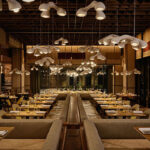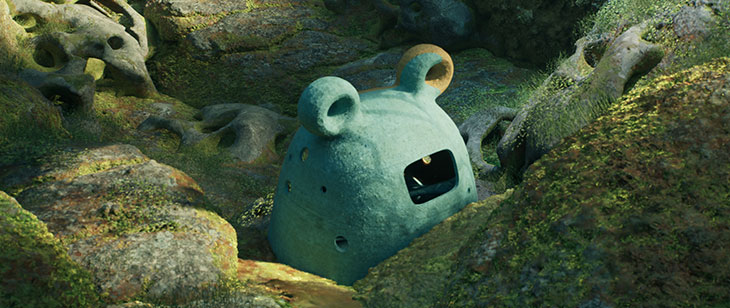
Established in 2018, ZOO Architects stands as an exemplar of innovative architectural design, with a presence rooted in the vibrant urban landscapes of Shanghai and Tianjin, China, and extending its influence to London, U.K. As a multidisciplinary studio, ZOO Architects offers a spectrum of services ranging from urban design and architecture to interiors, master planning, branding, and product design, seamlessly blending creativity with functionality. At the heart of ZOO’s ethos lies a diverse team of individuals, each bringing a unique set of skills and perspectives from various professional backgrounds. This eclectic mix fosters a vibrant environment where ideas flourish, allowing ZOO Architects to traverse multiple disciplines and emerge as a cohesive, inter-disciplinary force.
INTERVIEWS
In an exclusive interview with our editor, Anastasija Pavic, ZOO Architects unveil their commitment to a holistic approach to architecture, which transcends human-centric designs to embrace the symbiotic interplay between nature and built environments. Drawing inspiration from the behaviors and habitats of otters, the studio has embarked on a pioneering endeavor, crafting biomorphic housing prototypes meticulously tailored to the needs of these social and intelligent creatures.
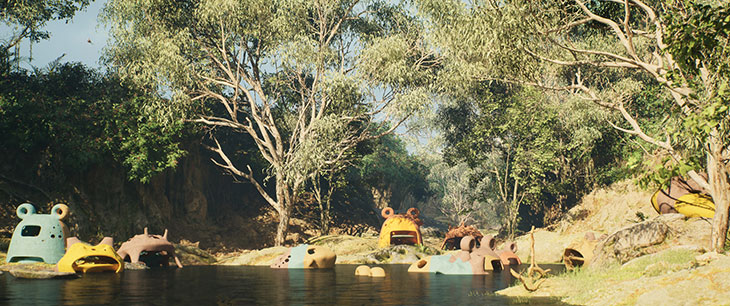
What were the key research findings that informed the design decisions for The Otter House Project, specifically concerning the needs and behaviors of otters?
Firstly, an extensive review of the literature and field observations in the realm of zoology have formed the core of our understanding. Secondly, our collaboration with a diverse array of global experts, including animal specialists, photographers, behaviorists, enthusiasts, and consultants, has been integral to our long-term research and direction-setting process. Furthermore, we employed resin casting techniques to meticulously recreate habitat characteristics, facilitating a more precise understanding of animal behavior and requirements.
Can you elaborate on any collaborations or consultations with wildlife experts or biologists that influenced the development of the otter habitat designs?
While architects possess skills such as keen observation, creativity, and project implementation, research in the realm of animal behavior and habitat is equally crucial. Therefore, leveraging insights from complementary disciplines becomes imperative in this context. Moreover, our design journey has unveiled the intricacies of nature, highlighting the interconnectedness of ecosystems. Focusing solely on individual otter research could potentially impede the holistic welfare-driven approach to design. Hence, prioritizing research and understanding of multi-species otter habitats becomes paramount, underscoring the indispensable role of experts as our key partners in this endeavor.
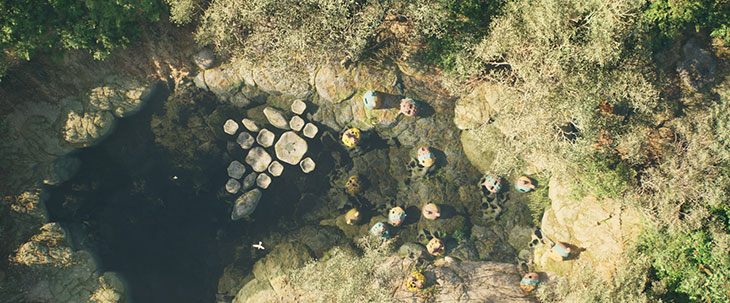
How do you foresee The Otter House Project evolving over time in response to changes in otter populations and environmental conditions?
We hold the belief that, akin to human civilizations, the evolution of residential dwellings has been a prolonged journey. Humans have often embraced these changes passively, yet with shifts in the environment and technological revolutions, our dwellings have evolved continuously. Similarly, the habitats of otters undergo dynamic transformations. Predicting the exact nature of their future residences surpasses anyone’s ability, and this evolving landscape is a necessary consideration for the systematic design of this field.
Did the design process involve experimentation or prototyping to explore different features or configurations before finalizing the plans for the otter houses?
We firmly believe in the indispensability of this initial phase of design. In addition to developing our own manual models and analytical systems, we are actively seeking collaborations with Chinese zoos to introduce a single prototype into their otter habitats for observation, gauging their subsequent behaviour and collecting feedback. This transition—from artificial to semi-artificial to natural—is not only pivotal but also the only viable pathway for the progression of this project.
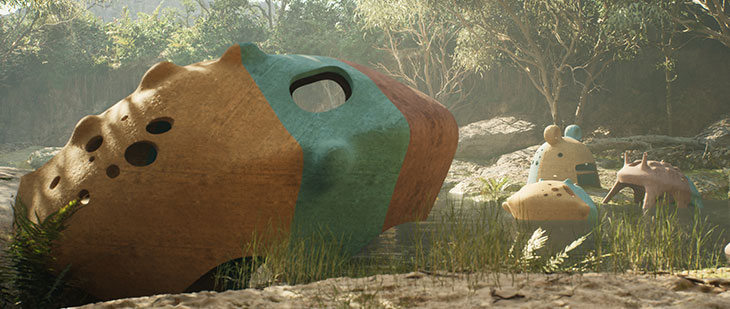
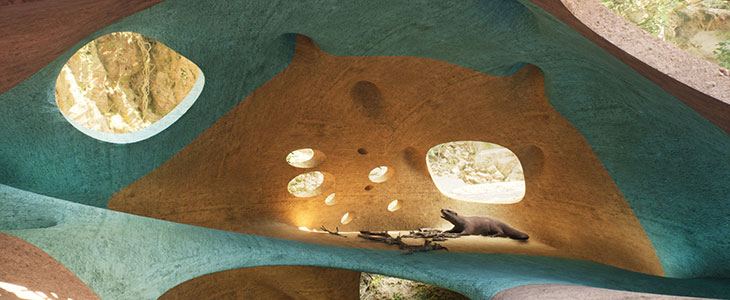
How does the guiding principle of “仟物栖所” (providing shelter for all living beings) influence your architectural approach, and how is it reflected in The Otter House Project?
At the inception of our design process, we made sure that every aspect, from scales to materials and architectural prototypes, was meticulously crafted to align with the unique preferences and habitat requirements of the otter – an act that symbolizes our utmost respect for this remarkable creature. Concurrently, we integrated energy-efficient organic materials and Taihu stone (a type of limestone found in China, known for its sculptural qualities) to enhance the comfort and suitability of their environment. The inclusion of concepts like ‘carbon currency’ and animal language translation software in our final presentation underscores their pivotal roles in shaping future projects. Through such measures, we aim to establish a collaborative partnership with otters on a truly equitable basis, nurturing a habitat that accommodates a myriad of species harmoniously.
What challenges did you face when translating natural forms into architectural designs for otter habitats, and how did you overcome them?
The journey of this design process has been fraught with challenges. Finding starting points has proven to be elusive, as reference objects are scarce in this domain. However, by shedding our preconceptions, we found a unique conceptual framework. In this pursuit, the pioneering spirit of Anthony Gaudí has been our guiding light. We deeply admire his organic design approach, which instilled confidence in us during moments of uncertainty. Furthermore, engaging in extensive discussions with colleagues led us to question the conventional notion of concrete architecture. We believe that as architecture ventures into uncharted territories, it should transcend past perspectives and instead forge a new architectural paradigm.
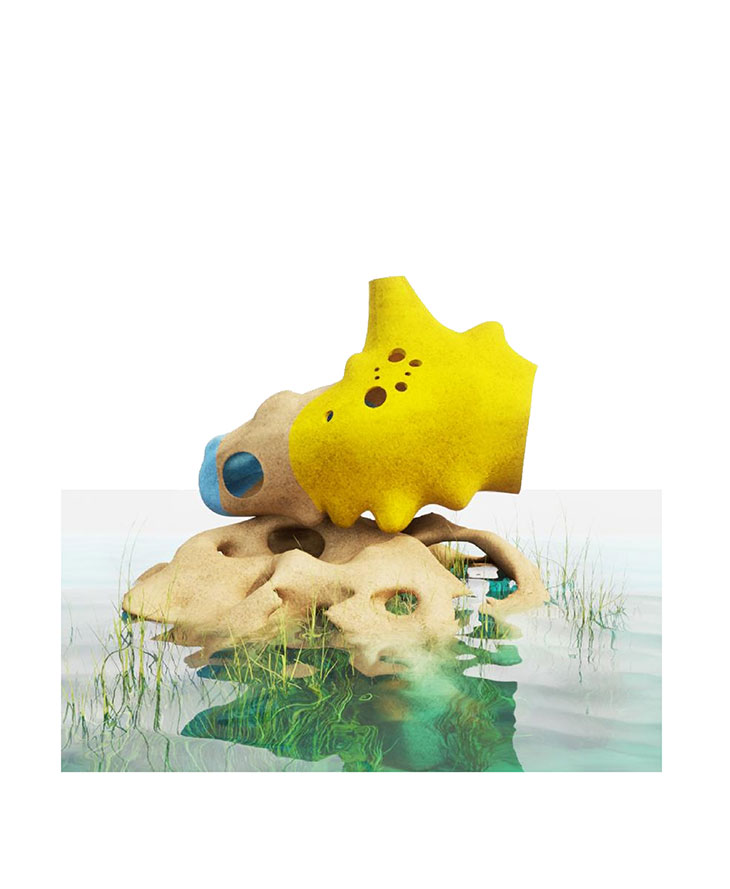
Can you describe any innovative features incorporated into the otter habitats to engage the intelligence and agility of the otters?
Primarily, the stone slabs adorning the water surface are crafted from lightweight silica, designed to absorb solar energy by day and emit gentle light during the night, illuminating the depths of the water. This innovative approach serves to enhance the otters’ hunting prowess. Additionally, the base units constructed from Taihu stone boast ample interstitial spaces, fostering increased agility among the otters.
How does The Otter House Project contribute to the broader discourse on the convergence of architecture, environmental conservation, and animal welfare?
We envisage a future where humanity is bifurcated into two distinct groups: ‘natural humans’ and ‘absolute humans.’ Our organization aligns strongly with the ethos of natural humans. We foresee a time when humans, as integral members of Earth’s ecosystem, will forge deeper symbiotic relationships and adopt sustainable energy practices with our animal counterparts. Through such collaborative efforts, we believe we can collectively and judiciously safeguard the environmental and existential integrity of our planet.
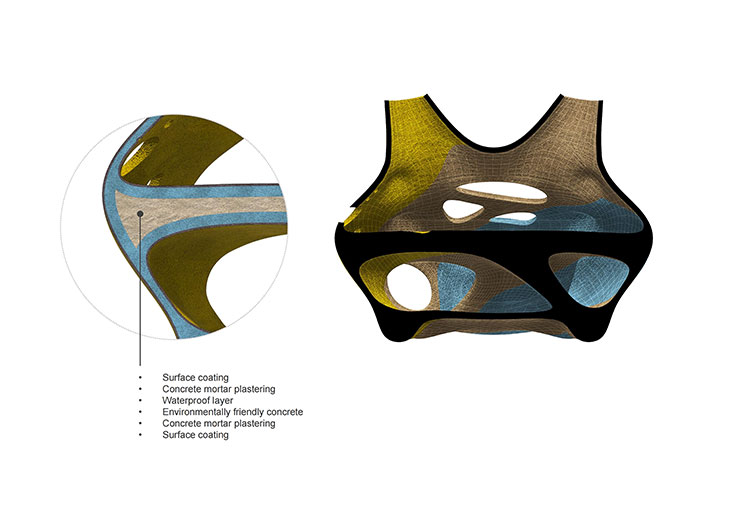
How did you strike a balance between creating natural, environmentally-friendly habitats and meeting the requirements of urban architecture during the design process?
Initially, our unit deliberately avoided discussions on urban spaces, recognizing the inherent rigidity and enclosure often associated with such environments. Instead, our site selection process prioritized the needs and preferences of otters. Moving forward, we intend to explore various methodologies, including interactions with urban animals such as pets and pigeons. These creatures, intricately linked to city life, will play a pivotal role in shaping our understanding of urban environments from an animal-centric perspective. The interconnections and narratives we establish among different animal species will lay the foundation for a novel architectural cityscape.
Could you discuss any unique challenges or considerations that arose from designing otter habitats in diverse environments such as rivers, lakes, or oceans?
This aspect holds profound importance in our implementation process, prompting the design of Taihu stone units. It’s crucial to recognize the diverse shapes and sizes of Taihu stones in China. Our aim is to establish an organic relationship between the foundation of the animal habitat and the earth. Unlike human structures firmly anchored to the ground and facing various challenges from water bodies, the malleability of Taihu stone units allows for seamless integration with the otter’s habitat, enabling us to adjust their hardness and density to create a more harmonious environment.



